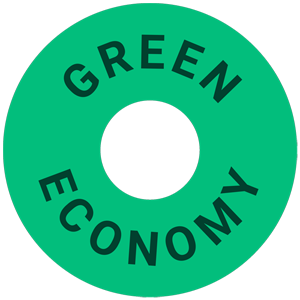Studies have shown that wasted offshore wind is costing the UK £1bn annually. This wasted energy could be used to effectively power green hydrogen projects.
According to research from Policy Exchange, the government is currently paying excessive curtailment fees to windfarm operators who are generating more power than is needed. The fee is an incentive for the farm operators to turn off their windfarms to avoid overloading the grid.
In 2022 alone, £210m of curtailment fees were made to renewable energy generators and power system congestion has cost consumers over £2bn since 2021. The present target is for the UK to expand its offshore wind capacity to 50GW by 2030, up from 13.9GW today. Alongside this, curtailment costs are expected to reach £3.5bn per year if a solution is not implemented, wasting enough energy to power 5 million households.
Initiatives to protect our energy supply
Current initiatives in the process of implementation include the development of new transmission infrastructure, energy storage units, and energy market reforms, but some of these solutions could take over a decade to come into fruition.
Alternatively, green hydrogen is anticipated to provide between a fifth and a third of Britain’s final energy consumption by 2050. However, to reach the scale of hydrogen’s application, more than a 100-fold increase in clean hydrogen production capacity is needed. The greatest barrier to clean hydrogen production is high upfront costs and infrastructure for production, transportation and storage.
Policy Exchange’s research highlights that the volume of wasted wind energy in 2022 could have been used to produce over 118,000 tonnes of green hydrogen, increasing to 455,000 tonnes by 2029, by using the wasted energy to power electrolysis plants.
Most importantly, the UK’s wasted annual wind energy would be enough to displace two thirds of the 700,000 tonnes of carbon intensive “grey” hydrogen produced each year, allowing more room for low carbon hydrogen production.
In order to take full advantage of the green hydrogen opportunity and maximise the benefits of UK offshore wind generation, stronger renewable energy and investment into the hydrogen sector to offset some of the high infrastructure costs is needed. Policy Exchange’s report argues that government policy will ensure the value of existing clean energy assets is maximised and encourage toe progression of further solutions, such as locating green hydrogen electrolysers alongside offshore wind farms to allow wind power to be stored or turned into fuel for other industries.
Given the nascent nature of the hydrogen industry, no sound and succinct policy yet exists detailing collaboration between renewable energy assets and their potential applications in the future. However, this is expected to change over the coming years as reliance on fossil fuel energy sources declines.














